What to do after the aquarium has finished cycling?
Understanding the Completion of the Nitrogen Cycle
The process of aquarium cycling is essential for establishing a stable and healthy environment for fish. This process allows beneficial bacteria to develop, breaking down harmful ammonia and nitrites into less toxic nitrates. A fully cycled tank provides a balanced ecosystem where fish and other aquatic life can thrive without being exposed to dangerous spikes in toxins. Without proper cycling, fish can suffer from stress, illness, or even death due to poor water conditions.
Once the nitrogen cycle is complete, the tank is ready for inhabitants. However, it’s important to ensure that the cycle is fully established before adding fish. Testing water parameters and understanding the signs of a completed cycle will help prevent common mistakes. Knowing when your tank is ready for fish is crucial to long-term aquarium success
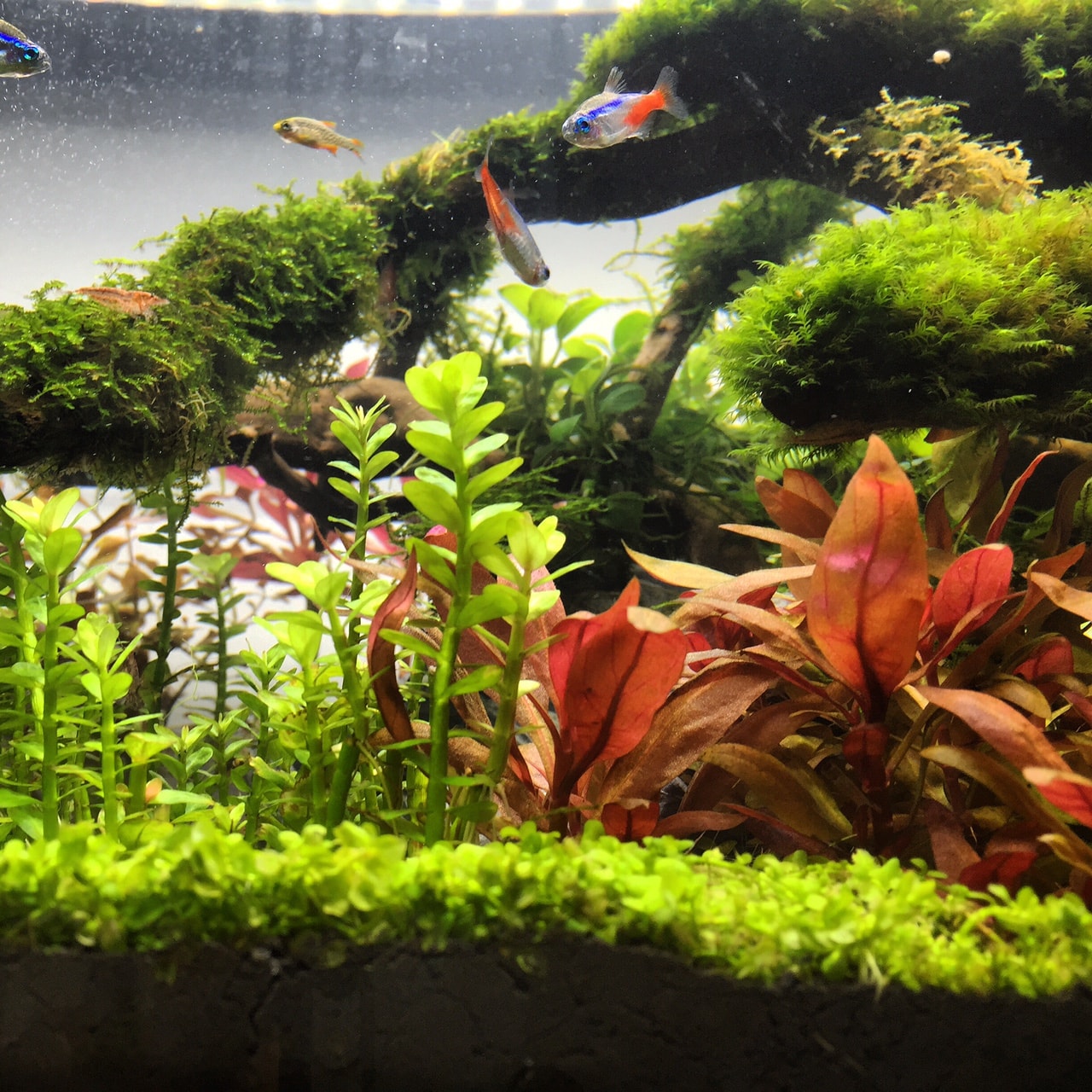
Testing Water Parameters Before Adding Fish
A common question among new aquarium owners is, "how do I know when my tank is cycled?" The best way to confirm this is by regularly testing water parameters. A fully cycled tank should show ammonia and nitrite levels at 0 ppm, with some nitrate present. If ammonia or nitrite is still detectable, the tank is not fully cycled and requires more time before fish can be safely introduced.
Stable pH, temperature, and nitrate levels are also indicators of a cycled tank. It is recommended to use an aquarium test kit to monitor these values. Consistently testing the water will ensure that your aquarium is ready for fish and will help prevent problems such as sudden ammonia spikes after stocking the tank.
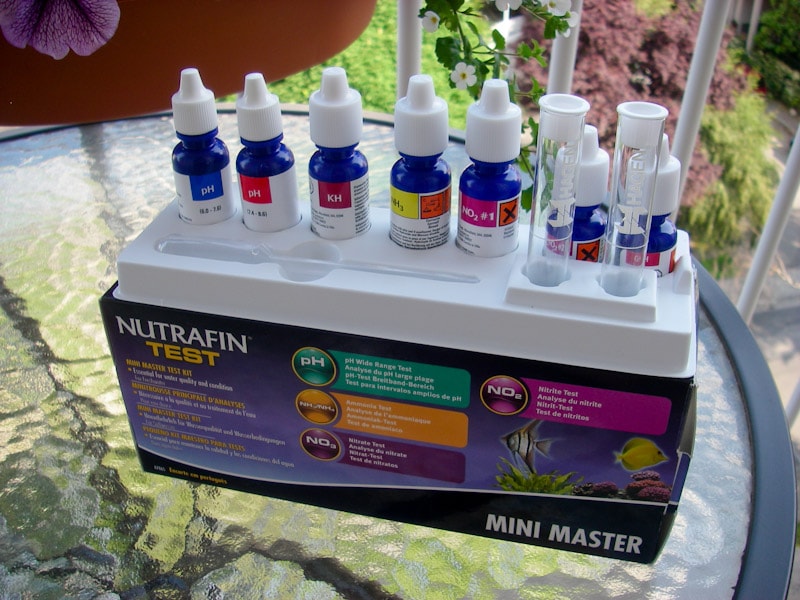
Performing a Partial Water Change
After completing the cycling aquarium process, performing a partial water change is necessary before adding fish. During cycling, nitrate levels can build up, and a water change will help bring these down to safe levels. Additionally, replacing a portion of the water can remove any excess organic matter or waste that may have accumulated during the cycling process.
However, it’s important to avoid removing too much water at once, as this can disrupt the beneficial bacteria that have established in the tank. A 20-30% water change is typically recommended at this stage. This small adjustment ensures that fish will be introduced to a clean and stable environment without shocking the system.
Should You Do a Water Change During Cycling?
One of the most common questions asked by new aquarium keepers is, "should you do water changes when cycling the tank?" The answer depends on the method being used. If fish are present during cycling (fish-in cycle), small and frequent water changes are necessary to keep ammonia and nitrite levels from becoming too toxic. However, if cycling is done without fish (fishless cycle), water changes are not required until the process is complete.
A water change during cycle can help stabilize conditions, especially in cases where ammonia or nitrite levels become too high. However, it’s essential to avoid large water changes, as this can slow down the cycle by removing beneficial bacteria. The key is to find the right balance to ensure a stable and healthy tank once the cycle is complete.
Choosing the Right Fish for Your Tank
Once your tank has completed the cycling process, it’s time to consider which fish are best suited for your environment. Adding the right species will help maintain a healthy nitrogen cycle and prevent overloading the system. If you introduce more fish too quickly, you risk overwhelming the filter and causing a spike in ammonia levels, which can harm the fish. Begin with a few hardy species that are known to adapt well to new tanks.
When choosing fish, it’s important to also consider how much fish waste each species will produce. Some fish, such as goldfish, produce a significant amount of waste, which can increase the load on the nitrifying bacteria in your filter. Over time, these bacteria break down harmful substances like ammonia and nitrite. Ensure that the filter media is properly established before introducing fish to maintain a balanced nitrogen cycle.
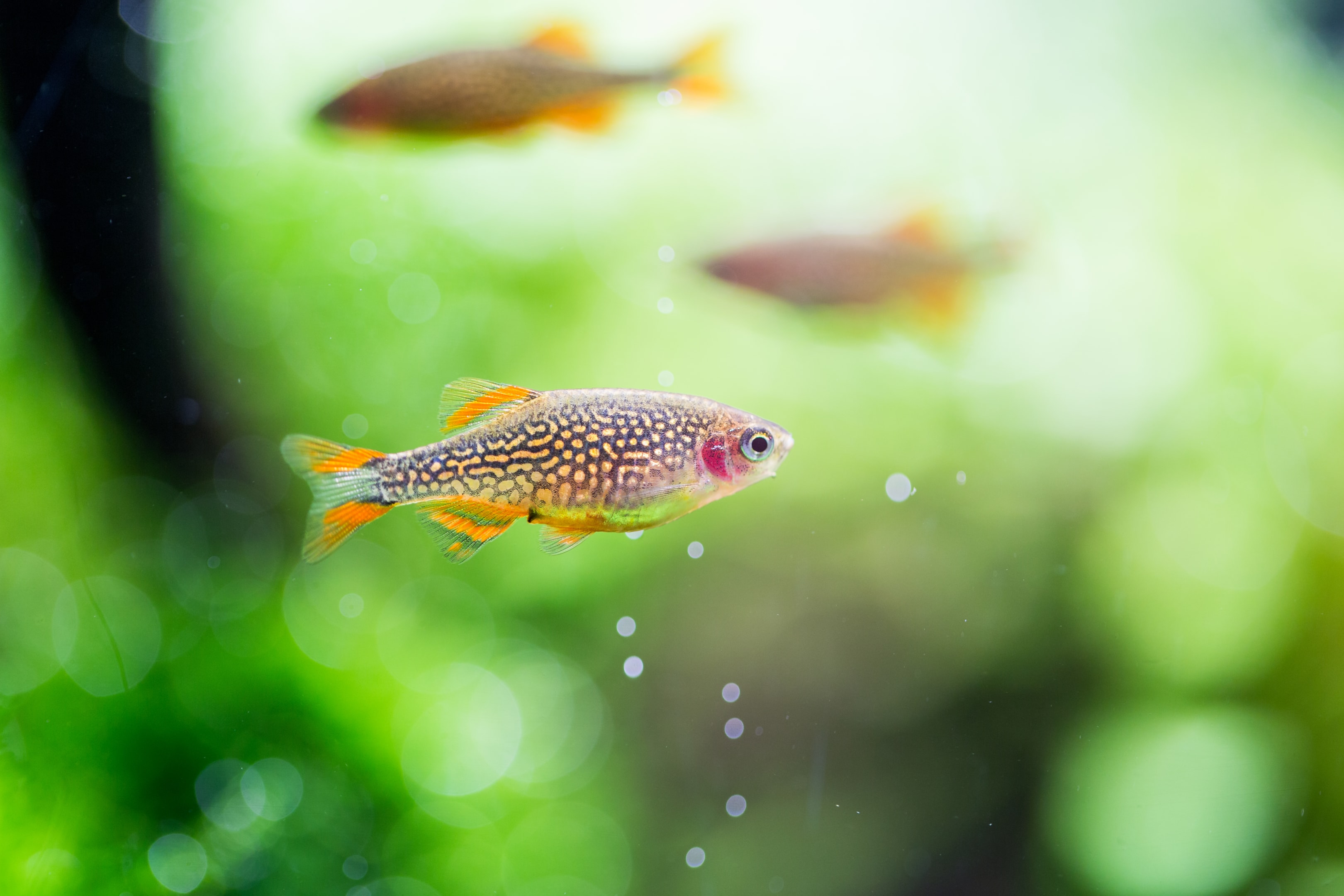
Introducing Fish Gradually to Avoid Overloading the Biofilter
After the initial few fish are added, it's important to introduce more fish gradually. Adding too many fish at once can overwhelm the newly established nitrifying bacteria in the tank. This can cause dangerous spikes in ammonia levelsor nitrate levels. By slowly adding fish over time, you allow the nitrogen cycle to adjust and develop further, ensuring the tank can handle the waste produced.
The gradual addition of fish gives the tank’s bacteria more time to establish in the filter media and substrate. This process prevents toxic buildups of ammonia and keeps the environment healthy. Monitoring water quality after each addition is essential, especially the ph and nitrate levels, to ensure that the cycle is on track and stable. If ammonia or nitrate levels rise unexpectedly, performing a partial water change can help mitigate any negative effects.
Monitoring Water Quality and Stability
After the cycling process is complete, ongoing monitoring of water quality is essential to ensure that the nitrogen cycle remains stable. Regularly testing parameters such as ammonia levels, nitrate levels, pH, and nitrites is necessary to catch any fluctuations that could harm the fish. Ideally, ammonia levels should always be at 0 ppm, and nitrate levels should be kept under control to avoid stress on your fish and plants.
One key factor in maintaining water quality is keeping an eye on the bacteria population in your tank. The nitrifying bacteria in your substrate, filter media, and water column play a crucial role in breaking down waste. If these bacteria populations aren’t sufficient, the nitrogen cycle will be incomplete, leading to harmful spikes in ammonia or nitrites. Adjusting feeding schedules, removing excess waste, and adding more live plants can all help maintain the cycle and keep water conditions stable.
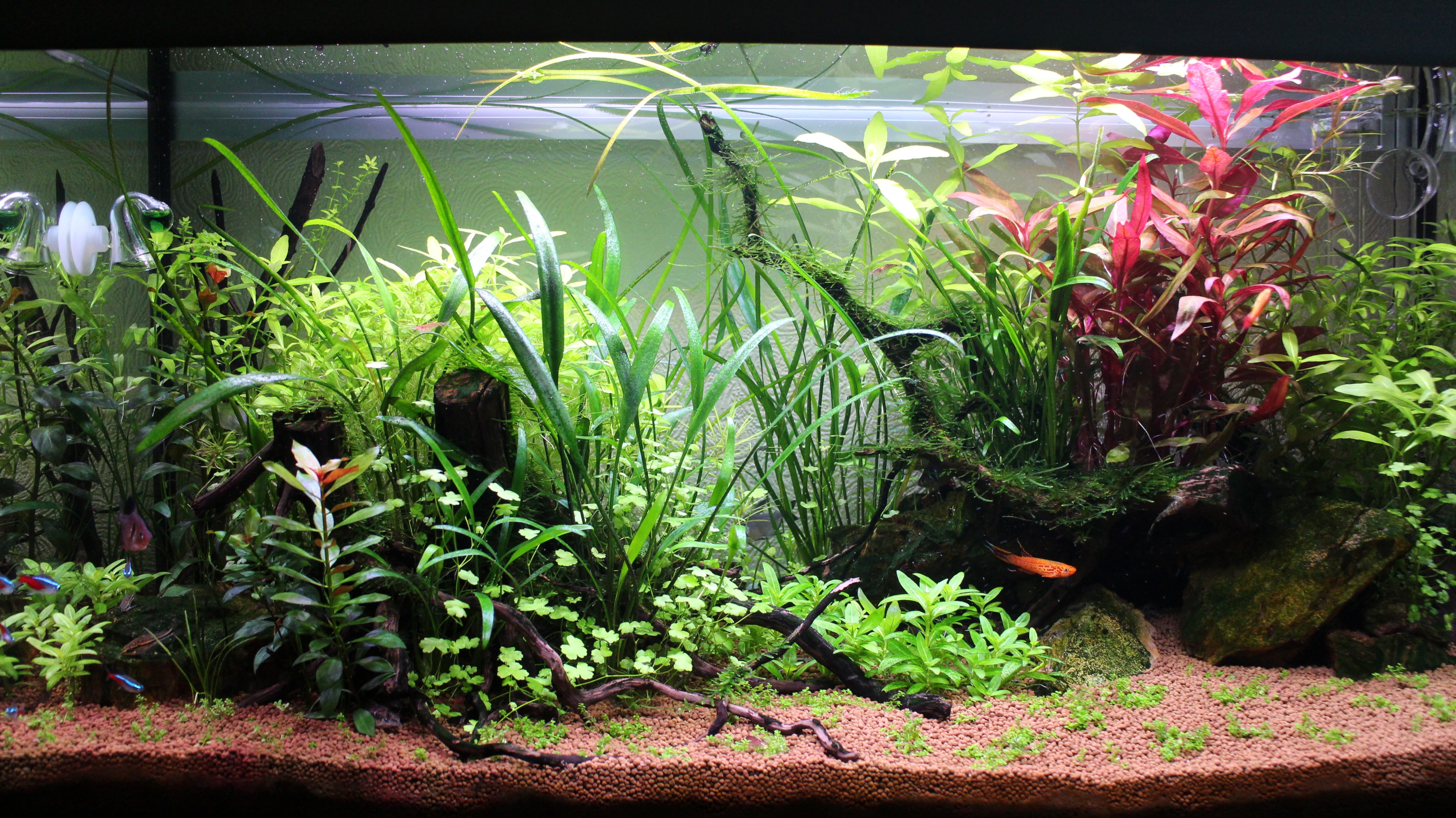
Establishing a Feeding Routine for Your Fish
Proper feeding routines are crucial after your tank has finished cycling. Overfeeding is one of the most common causes of water quality issues in newly cycled tanks, as excess food breaks down and leads to higher ammonia levels. Make sure to feed your fish only as much as they can eat in a few minutes to prevent uneaten food from accumulating and disrupting the nitrogen cycle.
A consistent feeding schedule helps regulate waste production and allows your filter and nitrifying bacteria to manage the load. Additionally, ensure that the food you provide is appropriate for the species in your tank. High-quality, easy-to-digest food will help your fish grow without producing excessive amounts of waste. Avoiding overfeeding is key to keeping the cycle running smoothly and preventing water quality issues like excessive algae growth or spikes in nitrate levels.
Adding Live Plants for a Balanced Environment
Adding live plants to your aquarium can significantly enhance the stability of your tank after it has finished cycling. Plants help maintain a balanced nitrogen cycle by absorbing excess nitrate from the water, which is a byproduct of fish waste. As plants grow, they also release oxygen into the water, which benefits the fish and promotes healthy tank conditions. Plants play a key role in ensuring that ammonia levels stay low and that the tank environment remains stable for its inhabitants.
The nitrogen cycle works hand in hand with plants, as they not only reduce excess nutrients like nitrate but also help absorb carbon dioxide and provide hiding spots and surfaces for beneficial bacteria to grow. Choose plants that are suitable for your tank's lighting and temperature. Some plants, such as anubias and java fern, are perfect for beginners and thrive in a variety of conditions. Regular pruning and maintenance of your plants will ensure they remain healthy and help with the overall cycle of the tank.
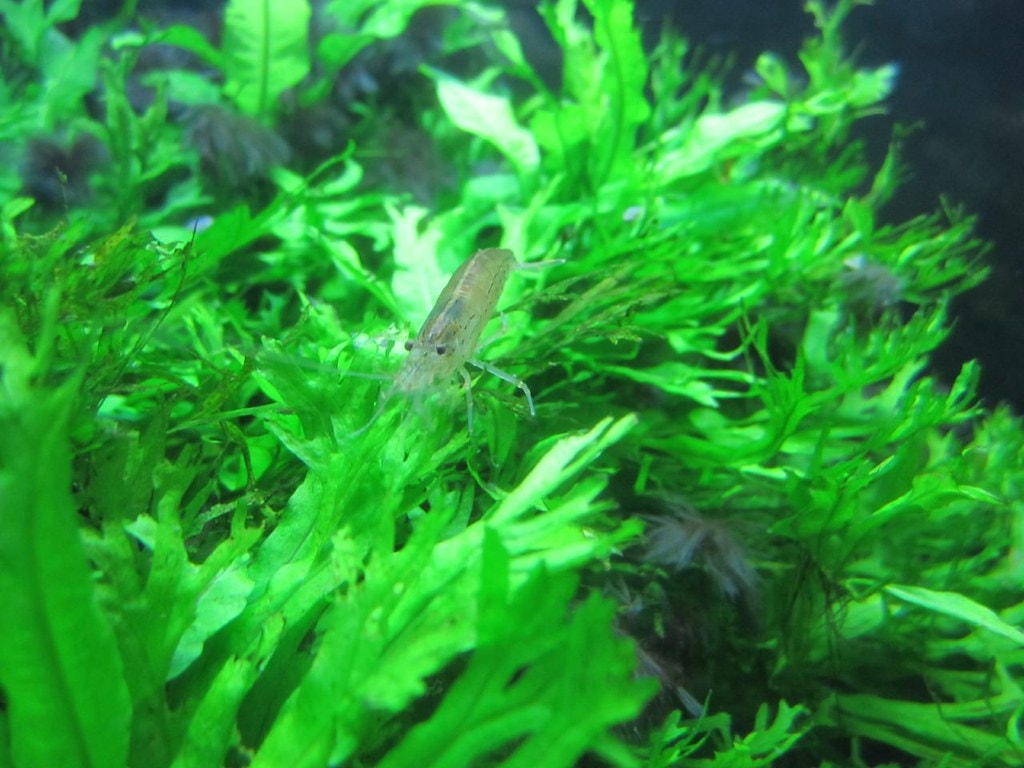
The Role of CO₂ Injection in a Newly Cycled Tank
After your aquarium has finished cycling, you may want to consider introducing a CO₂ injection system if you have live plants. CO₂ injection helps enhance plant growth by supplying them with the carbon they need for photosynthesis. This process can make your plants healthier, which in turn supports the nitrogen cycle. Healthy plants can absorb more nitrate, helping to keep levels within a safe range for your fish.
However, be cautious when setting up a CO₂ system in a newly cycled tank, as the balance between CO₂ and oxygen needs to be carefully monitored. Too much CO₂ can lower the pH and harm the fish, while insufficient CO₂ can limit plant growth. It’s important to monitor water pH and the general stability of your tank’s environment. Adjusting CO₂ levels gradually and ensuring that your filter and plants are thriving will help maintain a healthy, balanced aquarium.
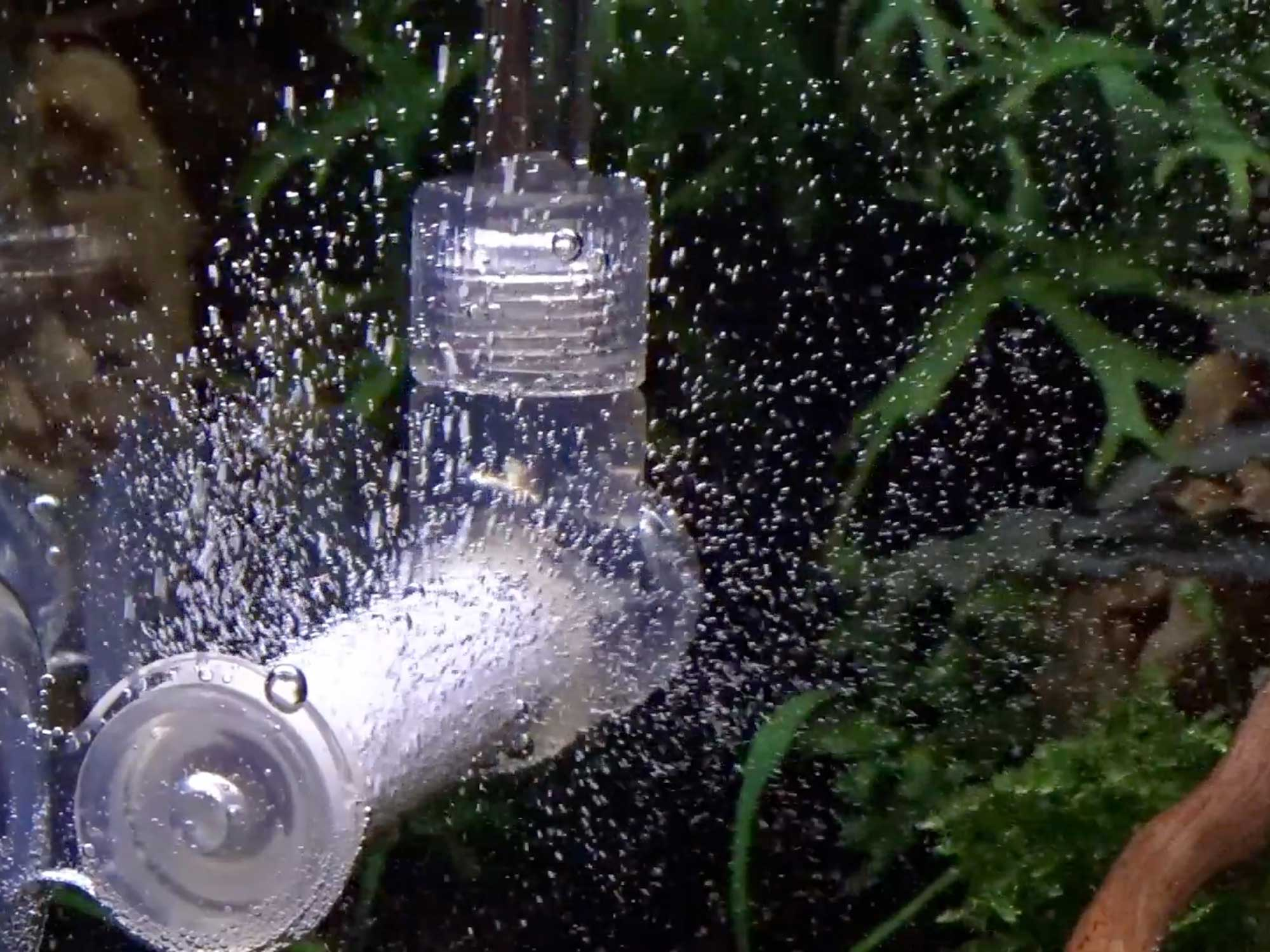
Managing Algae Growth After Cycling
Once your tank has finished cycling, managing algae growth becomes a key part of maintaining a healthy aquarium. Algae can proliferate quickly if excess nutrients like nitrates and phosphates are present in the water. Although a small amount of algae is normal and even beneficial, excessive growth can lead to water quality problems, especially in a newly cycled tank. To manage algae, ensure that you are not overfeeding your fish and that your nitrifying bacteriaare properly established in the filter media.
Incorporating live plants can also help compete with algae for nutrients, keeping its growth in check. Regular water changes and filtering are essential in controlling algae buildup and maintaining water clarity. If algae blooms do occur, consider adding an algae eater, such as snails or certain species of fish, to help reduce the issue. By managing nutrient levels and keeping your tank well-maintained, you can ensure that algae growth does not become a significant problem.
Preventing Future Cycling Issues and Maintaining Long-Term Stability
Once your tank cycle has been completed, it’s important to maintain the balance of your aquarium to prevent future cycling issues. Regular water changes, monitoring ammonia levels, nitrate levels, and the general health of your fishare key to long-term success. Even though your tank is now cycled, the nitrogen cycle needs to be continuously supported by proper tank maintenance. Regularly check the health of your nitrifying bacteria, ensure your filter media is clean, and keep your fish well-fed without overfeeding.
Over time, new fish can be added, but it’s vital to do so gradually to avoid overwhelming the filter. Adjusting your stocking levels and regularly monitoring the balance of bacteria in your tank is critical for ongoing success. Keep an eye on water quality and make necessary adjustments as your tank matures. With proper care, your aquarium will continue to thrive, offering a stable and beautiful environment for both you and your fish.
Conclusion: Keeping Your Aquarium Healthy After Cycling
Once your aquarium has completed the cycling process, it marks the beginning of a new chapter in your tank's life. By introducing fish gradually, maintaining consistent water changes, and monitoring key water parameters like ammonia levels and nitrate levels, you ensure that your tank remains a stable and healthy environment for both fish and plants. Adding live plants, ensuring good filtration, and carefully managing feeding schedules will help keep the nitrogen cyclerunning smoothly and prevent future imbalances.
Ongoing monitoring and maintenance are essential for long-term success, even after the tank cycle is complete. By continuing to maintain your filter, watch for signs of stress in your fish, and keep the bacteria in balance, you will create an environment that supports not only your fish but also the entire ecosystem in your aquarium. Whether you choose to add a CO₂ system for plant growth or incorporate algae management strategies, the key to a thriving aquarium is balance. Enjoy the process of nurturing your tank and watching it flourish over time.
Any questions? Our Support Team is always ready to answer them! Contact us directly via support@co2art.us!




